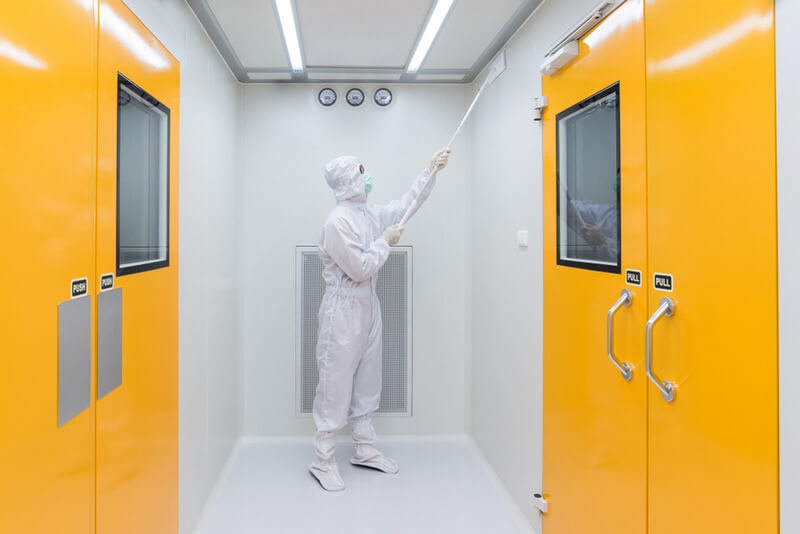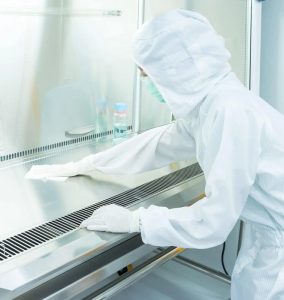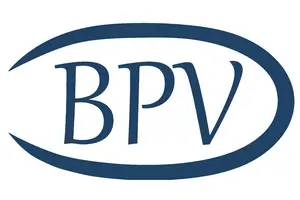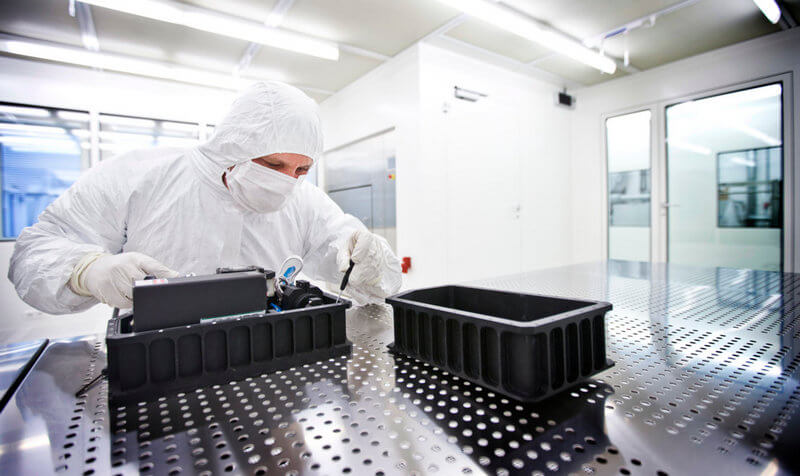
Sanitisation vs. Sterilisation vs. Disinfection in the United Kingdom: Crucial Distinctions in Pharmaceutical Industry
Understanding the differences between sanitation, sterilisation, and disinfection is crucial in pharmaceutical validation. Each of these steps serves a particular purpose in protecting product integrity and preventing microbial contamination.
To protect patient safety and maintain product quality, the MHRA (Medicines and Healthcare products Regulatory Agency) has established extensive guidelines. Sanitisation, Sterilisation, and Disinfection are some of the critical processes set in the guidelines such as “Cleaning and Decontamination of Equipment, Medical Devices and the Environment, (Including the management of blood and body fluid spillages) Policy”1.
1. Disinfection: Accurate Microbiological Control.
For essential products, Sterilisation ensures the most robust removal of microbes, while disinfection strikes a balance between practicality and reduction by reducing microbial load to prevent cross-contamination. Sanitisation and Sterilisation can coexist in balance during Disinfection. It entails lowering microbial populations on surfaces and machinery to levels that pose the lowest possible risk of contamination or infection. A crucial part of pharmaceutical validation is disinfection, especially in non-sterile manufacturing areas and labs where intermediate-level microbial control is required.
Disinfection techniques must undergo thorough validation in order to meet MHRA requirements. It is crucial to demonstrate consistent effectiveness and adherence to predetermined microbial reduction goals. To ensure that this procedure effectively supports pharmaceutical validation procedures, MHRA standards call for a meticulous approach to disinfection validation.
2. Sanitisation
Sanitisation is the process of eradicating bacteria from a surface or object. Sanitation aims to reduce microbes to a level that will lessen the likelihood of an infection occurring, however does not guarantee removal of all microbial contamination.
Performing Sanitisation is sufficient for products that do not require thorough sterilisation. Prior to sanitising, surfaces and items should be thoroughly cleaned.
 Sanitisers may not be as effective if cleaning is neglected before application. Cleaning is essential to ensure the sanitiser can make contact with the object, which is something that dirt, dust, and other materials can prevent. To more effectively kill some microbes, sanitisers must come into contact with a surface or object for a predetermined period of time (referred to as “dwell” time). Sanitisers are safer for skin contact and mouth contact than disinfectants, but are not as effective at killing microbes.
Sanitisers may not be as effective if cleaning is neglected before application. Cleaning is essential to ensure the sanitiser can make contact with the object, which is something that dirt, dust, and other materials can prevent. To more effectively kill some microbes, sanitisers must come into contact with a surface or object for a predetermined period of time (referred to as “dwell” time). Sanitisers are safer for skin contact and mouth contact than disinfectants, but are not as effective at killing microbes.
We experienced an increased number of Sanitisation processes during the recent pandemic, where it was paramount to sanitise hands and surfaces to reduce the spreading of the Covid-19 virus.
3. Sterilisation
Sterilisation refers to the process of achieving a greater than 6-log reduction of microorganisms, including bacterial spores, transmissible agents (such as fungi, viruses, and spore forms), and microorganisms present on the surface of a material or contained in a fluid or compound. Cleaning in place (CIP) with acids and caustic solutions may be adequate for some stainless steel products but steaming in place (SIP) is the preferred method for sterilisation.
Autoclaving is one of the most popular Sterilisation methods for single-use components. There are also several other well-known methods for Sterilisation, including ionizing radiation (gamma or electron beam irradiation), gas treatment (ethylene oxide), and dry heat Sterilisation (using depyrogenation tunnels run at elevated temperatures often around 350°C).
Sterilisation procedures need to be meticulously validated, according to MHRA standards.
The absence of any viable microorganisms must be verified through extensive testing. Through this form of validation, the regulatory body’s highest safety standards and the integrity of pharmaceutical products are both guaranteed.
For products and environments requiring the highest level of purity, Sterilisation is crucial for ensuring patient safety while using the product. Sterilisation is essential for products intended for direct human administration and aseptic processing areas in pharmaceutical validation.
Depending on the particular criteria of the pharmaceutical validation process, one must choose between Sanitisation, Sterilisation, and Disinfection as the appropriate methods. The type of product, intended use, manufacturing environment, manufacturing equipment, and regulatory requirements are all elements that affect which process should be used.
Our team at BPV, led by our own sterilisation subject matter expert, have the skills and expertise to identify and resolve all these common problems through extensive testing which will include full root cause analysis, steam quality testing, cycle testing and development, and performance qualification. This ensures your equipment has a robust operation that produces reliable and repeatable results.
To find out more about our validation services, please contact us at [email protected]
Sources:
1. Amanda Hemsley, Infection Prevention and Control Group, 15 November 2022, Cleaning and Decontamination of Equipment, Medical Devices and the Environment, (Including the management of blood and body fluid spillages) Policy: https://www.leicspart.nhs.uk/wp-content/uploads/2022/11/Cleaning-and-Decontamination-of-Equipment-Medical-Devices-and-the-Environment-Policy.pdf

